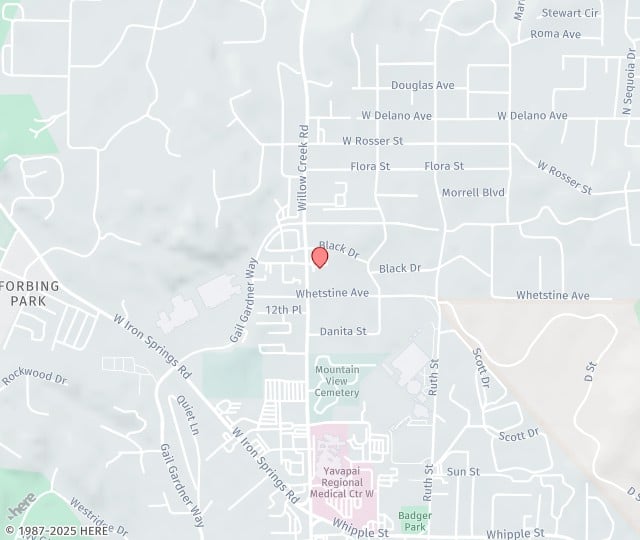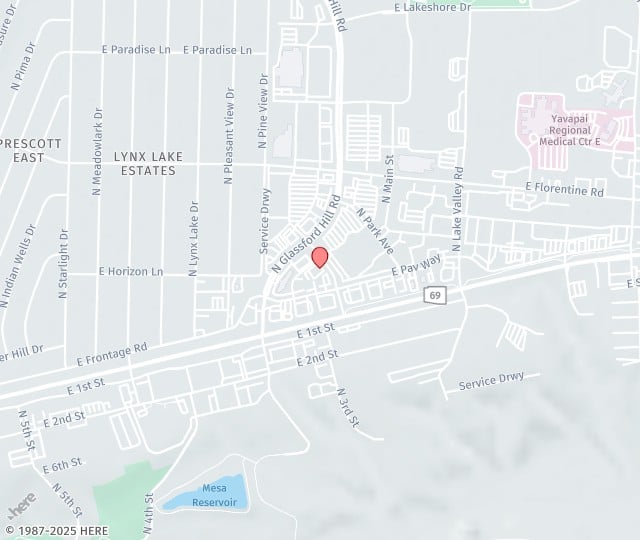What is Intermetatarsal Neuroma, also known as Morton’s Neuroma?
Initially, most people notice some numbness or fullness in their forefoot, especially with tight shoes and prolonged standing, walking, hiking, or running. Over time, the sensation can become painful, commonly progressing to a painful, burning
sensation to often radiates into the toes. This can make previously enjoyable activities painful and sometimes significantly limits normal daily function.

What are the symptoms and causes?
Initially, most people notice some numbness or fullness in their forefoot, especially with tight shoes and prolonged standing,walking, hiking, or running. Over time, the sensation can become painful, commonly progressing to a painful, burning sensation to often radiates into the toes. This can make previously enjoyable activities painful and sometimes significantly limits normal daily function.
How is it diagnosed?
Diagnosing a neuroma can be difficult. It’s not likely that you will be able to feel the swelling around the nerve. Inflammation of the small joints of the forefoot (metatarsophalangeal capsulitis/synovitis) can present similarly to a neuroma, and it is not uncommon for these two conditions to exist at the same time. An x-ray will not show a neuroma, but is usually ordered to rule out other problems. In most cases the diagnosis is made based on your symptoms and physical exam, however, sometimes an MRI is ordered if the diagnosis isquestionable.Unfortunately, most neuromas are not visible on MRI, and the MRI is used to look for other problems in the area. Ultrasound is also occasionally used, but is not always reliable.
What are the treatment options?
Conventional Treatment:
Once you have been diagnosed with a neuroma, you have several options. Avoiding narrow shoes and shoes without good support is very important. Mildly symptomatic neuromas can be treated with occasional nonsteroidal antiinflammatories (NSAIDS) such as ibuprofen or naproxen. A small device called a metatarsal pad can be placed in shoes, and is sometimes very helpful. Stretching your calf muscles may reduce the pressure
on your forefoot and can improve symptoms. Injection of cortisone (steroid) into the forefoot is often a good
option, as it sometimes provides long-lasting relief and may be helpful in confirming your diagnosis. Multiple steroid injections, especially in close succession, however, is not advised due to the possibility of thinning the protective fat pad of the forefoot and potentially weakening tendons and ligaments in the toe joints. Other conservative treatments are controversial and have limited evidence. These include laser therapy, alcohol injection,
and cryoablation. Current literature does not support alcohol injection and cryoablation. Surgical Treatment:
If you have not had success with conservative treatments, surgery is an option. Surgical treatment involves releasing the ligament over the nerve and removing the neuroma. This results in a small area of numbness between the two toes on either side of the neuroma, though this is generally unproblematic and a welcome trade-off for the resulting pain relief. Recent studies show that over eighty percent of patients have successful outcomes. Surgical removal of the neuroma involves 4 weeks of walking on your heel in a surgical shoe or boot, followed by
gradual return to activity. Full return to prior activity is expectedafter you are recovered.
Meet Your Foot Doctor!
Dr. Evan N. Simonson, DPM, as known as Doctor of Podiatric Medicine, specializes in foot and ankle surgery. He diligently diagnoses and educates his patients of all surgical and non-surgical options for their condition. His patients are in complete control of their outcome while having a trusted partner for guidance.


